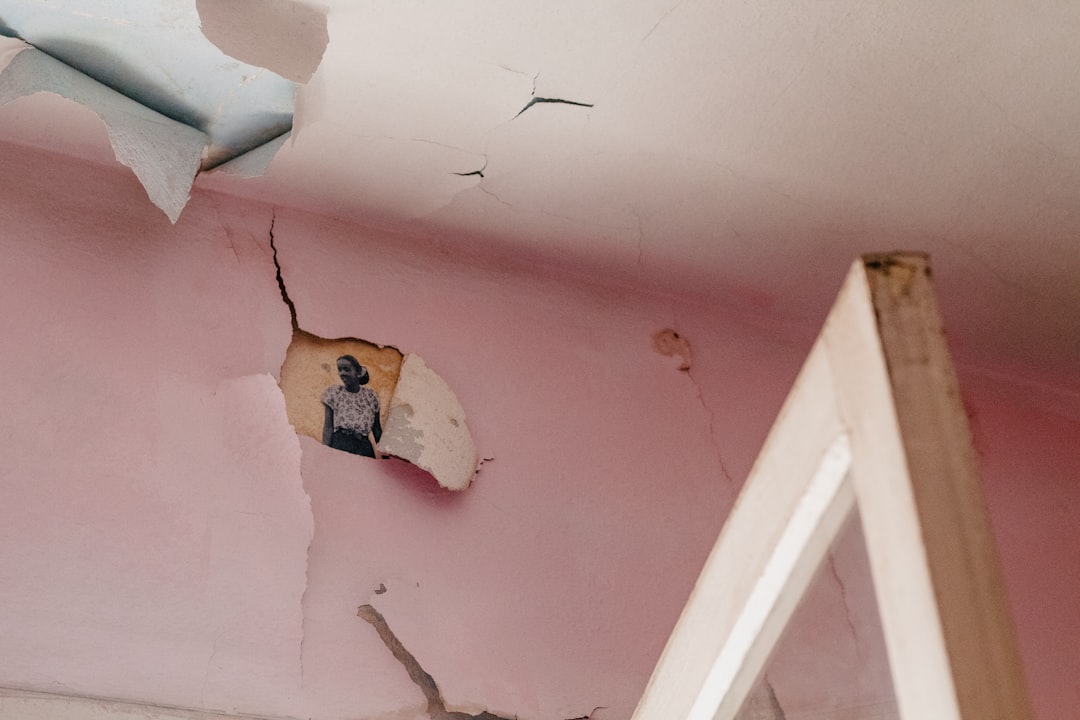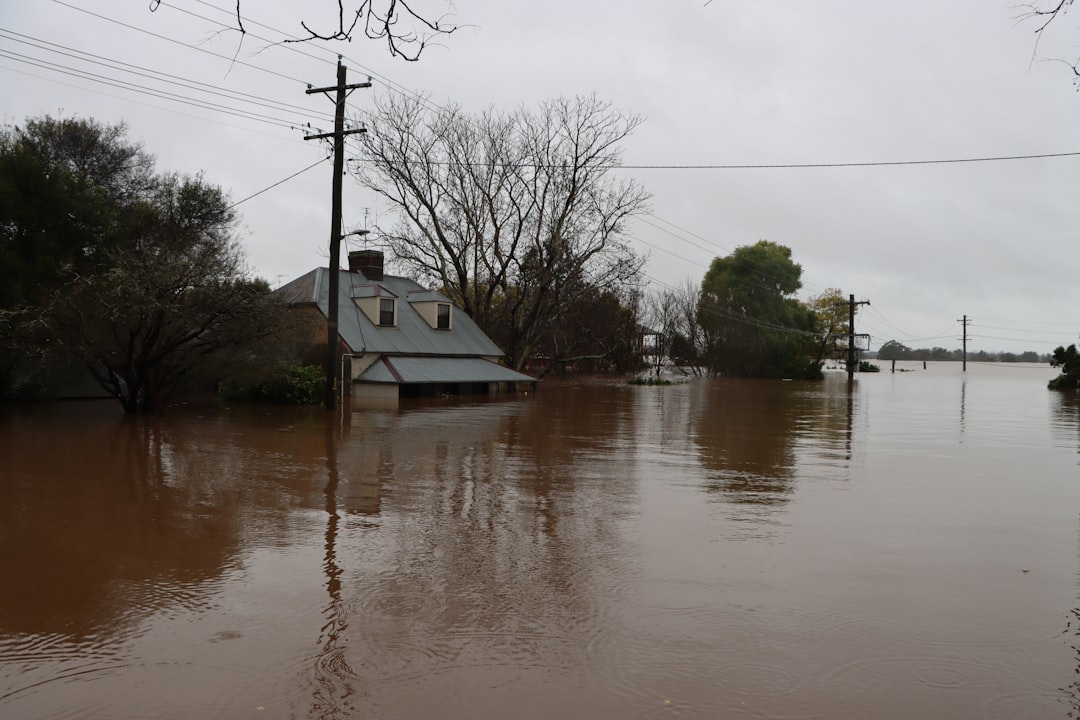Calculating Business Interruption Loss: 7 Powerful Steps 2025
Why Calculating Business Interruption Loss Accurately Matters for Your Insurance Claim
Calculating business interruption lossis the process of determining how much income your business lost due to a covered event, minus expenses you didn’t have to pay during the shutdown, plus any extra costs you incurred to minimize the damage.
Quick Answer – The Essential Formula:
–Lost Revenue= What you would have earned – What you actually earned
–Saved Expenses= Variable costs you didn’t pay (materials, commissions, etc.)
–Extra Expenses= Additional costs to reduce the loss (temporary location, overtime)
–Final Loss= Lost Revenue – Saved Expenses + Extra Expenses
When disaster strikes your business, you’re already dealing with property damage, displaced customers, and operational chaos. The last thing you want is to struggle through a complex insurance claim calculation that could mean the difference between recovering fully or facing financial hardship.
Business interruption insurance is designed to put you back in the same financial position you would have been in if the loss never happened. But here’s the challenge:insurers don’t automatically hand you a check. You need to prove your losses with solid numbers and documentation.
The stakes are high. The average business interruption claim for small businesses costs $1,200 to $1,700 per day of closure. For larger operations, losses can reach millions. Getting the calculation wrong means leaving money on the table – money you’re entitled to under your policy.

Calculating business interruption lossterms to learn:
–business disruption insurance
–business interruption claims preparation
–business interruption claims examples
Understanding Business Interruption Insurance Basics
Business interruption insurance is your financial safety net when disaster strikes. It’s designed with one goal:putting you back in the same financial positionyou would have been in if the interruption never happened.
This coverage typically comes as an add-on to your property insurance policy and has specifictriggersthat must occur first. The most common trigger isdirect physical loss or damageto your insured property from a covered cause.
Civil authority coveragesteps in when the government issues an order that prevents access to your business due to damage at a nearby location.Dependent property coverageprotects you when damage to a key supplier’s facility disrupts your operations.
Understanding the difference betweenfixed and variable costsis crucial forcalculating business interruption lossaccurately. Fixed costs stick around whether you’re open or closed – rent, insurance premiums, loan payments. Variable costs rise and fall with your business activity – raw materials, sales commissions, hourly wages.
What Losses Does BI Cover?
The policy typically covers yournet income(the profit you would have made) plus yourcontinuing normal operating expenses.Lost profitsform the heart of most claims, whilecontinuing expensesare those fixed costs that keep going even when your doors are closed.
Payrollcoverage can be tricky, with many policies limiting coverage to 30 or 60 days. The key is understanding what your specific policy says about payroll.
Defining the Period of Indemnity
Theperiod of indemnitydetermines how long your coverage lasts. This period typicallystartswhen the direct physical loss occurs andendswhen your property is repaired and ready for business.
Most policies include awaiting periodbefore coverage begins – usually 72 hours. Some policies includeExtended Business Incomecoverage for the ramp-up period where sales gradually return to pre-loss levels.
The Core Formula: Calculating Business Interruption Loss Step-by-Step
Calculating business interruption losscomes down to one core formula:
BI Loss = (But-For Revenue – Actual Revenue) – Saved Expenses + Extra Expenses
You can use thetop-down method(starts with lost sales and works down) or thebottom-up method(starts with lost net income and adds back continuing expenses). TheBusiness interruption loss calculationsresource from AICPA provides detailed technical guidance.
Step 1 – Estimating Lost Revenue (But-For Sales)
You need to prove what your saleswould have beenif the disaster never happened. There are four main approaches:
Thebefore-and-after methodcompares your sales from similar periods before and after the loss. Theyardstick methoduses another location or similar business as your measuring stick. Themarket share methodapplies your usual slice of the local market to industry-wide data. Thespecific contract methodworks when you have firm contracts or purchase orders.

The key is making sure you’re comparing apples to apples.Seasonalitymatters enormously, andgrowth trendsneed to factor in too.Special eventsandeconomic conditionsalso impact your projections.
Step 2 – Identifying Saved Expenses
When your operations shut down, you don’t incur certain expenses. Thesesaved expensesget subtracted from your lost revenue.
The biggest saved expense is usuallycost of goods sold– retailers typically save 35-70% of their sales in inventory costs.Commissionstied to sales,credit card processing fees, anddirect laborfor hourly employees often get saved too.
Calculate these savings using ratios from your recent tax returns. If your cost of goods sold was 40% of sales, apply that 40% to your projected lost sales.
Step 3 – Including Extra Expenses
Extra expenses are costs you wouldn’t normally have but had to incur to keep your business alive.Temporary relocationcosts,equipment rental,overtime pay, andexpediting costsall qualify.
The key test is whether the expense wasnecessaryto avoid or minimize business suspension and whether you would have incurred it without the covered loss.
Step 4 – Final Calculations
Tax considerationsmatter because business interruption recoveries are generally taxable income.Policy deductibleswork as awaiting periodrather than a dollar amount.Coinsurance requirementscan create penalties if you didn’t purchase enough coverage.
Organize your final calculation clearly: start with projected revenue, show actual revenue, calculate lost revenue, detail saved expenses, list extra expenses, and present your total business interruption loss.
Advanced Considerations: Seasonality, Trends & Projection Methods
Calculating business interruption lossgets complex when dealing with seasonal businesses, growth trends, or special circumstances.
Seasonal businessesface unique challenges. A ski resort that catches fire in November, right before busy season, can’t use average monthly sales – December through March might represent 70% of annual revenue.
Special eventscreate similar complications. A restaurant near a football stadium damaged before playoffs needs to account for those high-traffic games, not regular-season averages.
Growth ratesmatter too. If your business was growing 15% annually, your projections should continue that upward trend during the loss period.

Yardstick & Market Share Approaches
Theyardstick methodworks when you have comparable locations, but they need to be truly similar in customer demographics, local economic conditions, and seasonal patterns.
Themarket share methodrequires solid industry data and applying your historical market share percentage to industry-wide performance during your loss period.
Start-Ups & Limited History
New businesses face unique challenges proving lost income. Yourbusiness planbecomes crucial evidence, along withthird-party market studiesandexpert testimonyfrom industry professionals.Comparable business datahelps establish realistic projections.
Adjusting for Expected Changes
New product launches,marketing campaigns, orcapacity expansionplans that were scheduled during the loss period should factor into your projections. Document these planned changes with contracts, purchase orders, and internal planning documents.
Gathering Evidence: Documentation, Worksheets & Tools
Building a business interruption claim requires solid documentation.Start collecting evidence immediatelyafter the loss occurs.
Yourfinancial recordsform the backbone – tax returns for 3-5 years, monthly profit and loss statements, and point-of-sale system data.Payroll registershelp distinguish between fixed and variable labor costs.
Customer contracts and purchase ordersprovide concrete evidence of sales you would have made.Document the physical damagethoroughly with photos and videos.
For manufacturing businesses, theManufacturing worksheetprovides a structured format.
If you’re dealing with property damage in the Orlando area, our guide onProperty Damage Claims Orlandooffers additional insights.
Using Industry Worksheets & Calculators
ISO Formsand theZurich BICC Toolprovide standardized formats that insurers recognize and trust.Trade associationsoften provide industry-specific templates.
Building Your Claim File

Create a chronological timelinefrom initial damage through full restoration. Most policies require asworn statement in proof of loss.Expert reportsand detailedcommunication logsstrengthen your position.
The goal is creating a claim file so well-organized that it practically argues your case for you.
Common Pitfalls & How to Strengthen Your Claim
Underestimating restoration timeis the biggest mistake we see. Plan for delays, permit issues, and contractor scheduling problems.
Over-projecting salesdestroys credibility. Base projections on solid historical data and reasonable assumptions.Forgetting saved expensesoverstates your loss and raises red flags with adjusters.
Poor documentationkills more claims than any other factor.Policy limit issuesoften come as a shock when coverage proves inadequate.
For guidance on professional help, see our resource onWhat Can a Public Adjuster Do For Me?
Avoiding Calculation Errors
Apples-to-apples comparisonsare crucial. Use Friday sales data to project Friday losses, not average daily sales.Critical-path analysiscan justify longer restoration periods for complex repairs.
Document assumptionsclearly. Don’t just state a 15% growth rate – explain where that number came from with historical trend analysis and industry data.
When to Bring in Professionals
Large dollar claimsover $100,000 almost always justify professional assistance.Complex operations,disputed coverage, andlitigation riskall benefit from expert help.

At Global Public Adjusters, Inc., we’ve spent over 50 years helping Orlando-area businesses steer these complexities. We understand that every situation is unique and tailor our approach accordingly.
Frequently Asked Questions about Calculating Business Interruption Loss
How is the period of restoration determined?
The period starts when covered damage occurs and ends when your business could reasonably resume normal operations. Most policies cap this at12 to 36 monthsregardless of actual repair time.
Don’t forget thewaiting period– usually 72 hours where you won’t be compensated. Some policies includeExtended Business Incomecoverage for the ramp-up period after repairs are complete.
What documentation does an insurer typically require?
Insurance companies want thesworn proof of loss statement,financial records(tax returns, P&L statements),sales records,payroll documentation, andreceipts for extra expenses.
Visual evidenceof damage andrepair documentationestablish the scope and necessity of the restoration period. Organization and clarity are key.
How are extra expenses treated under most policies?
Extra expenses are coveredin addition tolost income, not instead of it. They must benecessary coststo avoid or minimize business suspension that you wouldn’t have incurred otherwise.
Temporary facility costs,equipment rental, andovertime costsare classic examples. Thereasonableness testapplies – expenses must be reasonable relative to the benefit they provide.
Conclusion
When your business faces an unexpected interruption,calculating business interruption lossbecomes one of the most important financial exercises you’ll ever undertake. The difference between a well-documented claim and a hastily prepared one can mean thousands or even millions of dollars in recovery.
The process isn’t just about plugging numbers into a formula – it’s about telling the complete story of how the covered event impacted your business.Accurate projections form the foundationof your entire claim, whilethorough documentation isn’t just helpful; it’s essentialfor maximizing your recovery.
Don’t underestimate the complexity of business interruption claims, especially if your business has seasonal patterns, limited operating history, or unique characteristics. The stakes are simply too high to leave money on the table because of calculation errors or inadequate documentation.
At Global Public Adjusters, Inc., we’ve spent more than five decades helping Orlando-area businesses steer these complex waters. We understand thatcalculating business interruption lossisn’t just about numbers – it’s about getting your business back on its feet and protecting your financial future.
The reality is that insurance companies have teams of experts reviewing your claim. Shouldn’t you have experienced advocates on your side? Whether you’re dealing with fire damage that’s disrupted your retail operation or storm losses that have shut down your manufacturing facility, professional guidance can make the difference between a fair settlement and leaving money on the table.
For comprehensive assistance with commercial insurance claims throughout the Orlando area, ourCommercial Insurance Claims Orlandoteam stands ready to help.
Your business interruption insurance policy exists to put you back where you would have been financially if the loss never happened. But policies don’t pay themselves – you need to prove your losses with precision and present them persuasively. Take the time to get this right, document everything thoroughly, and don’t hesitate to seek professional help when the complexity or dollar amounts justify it. Your business’s recovery depends on it.



